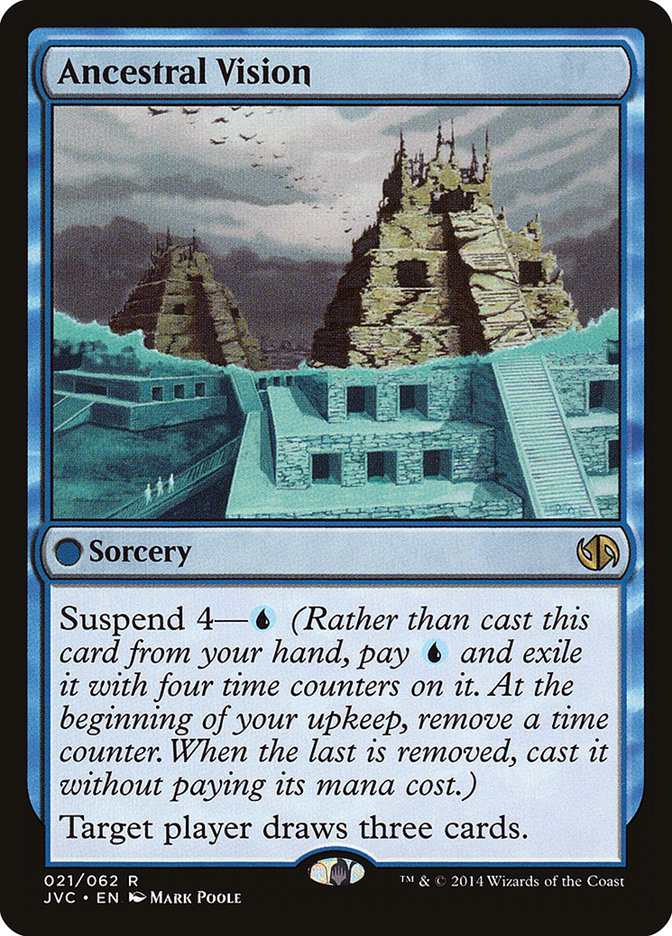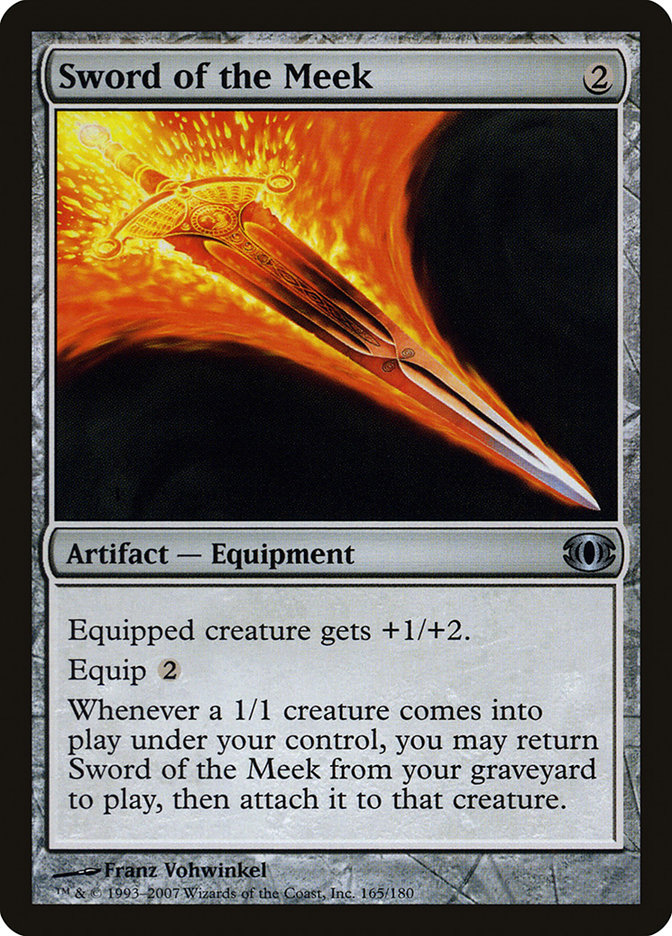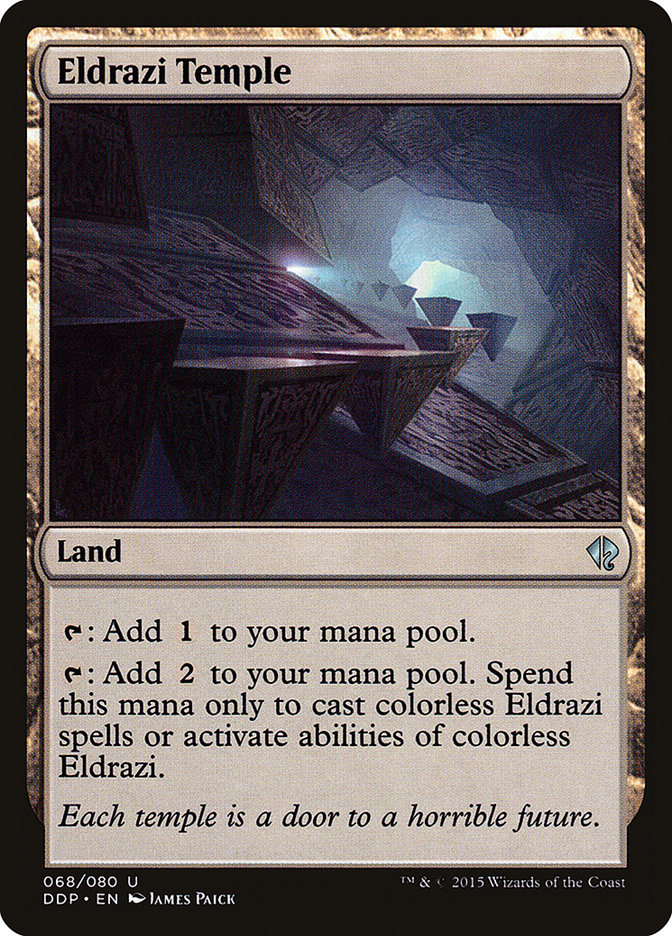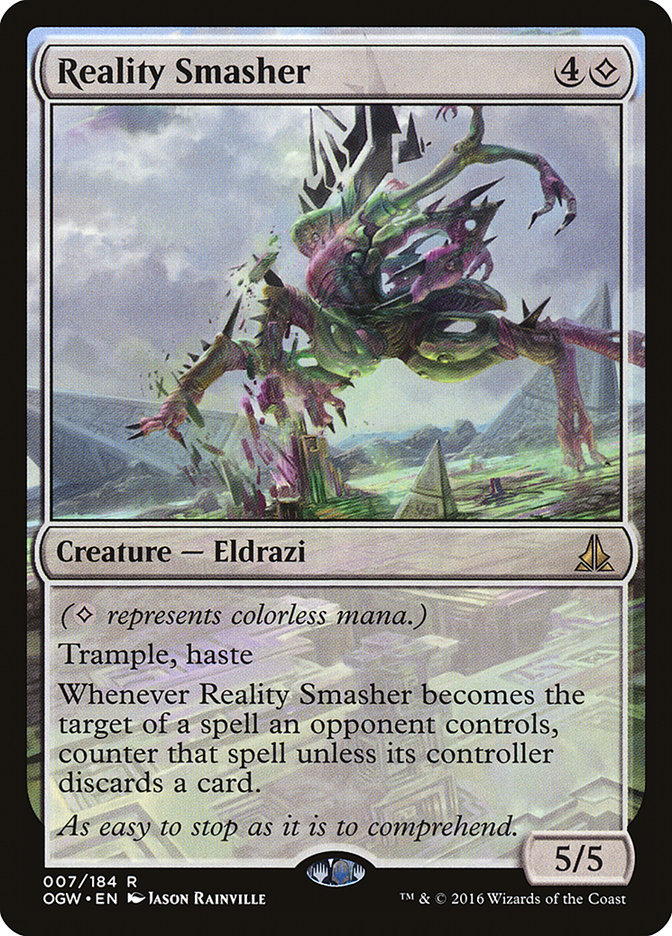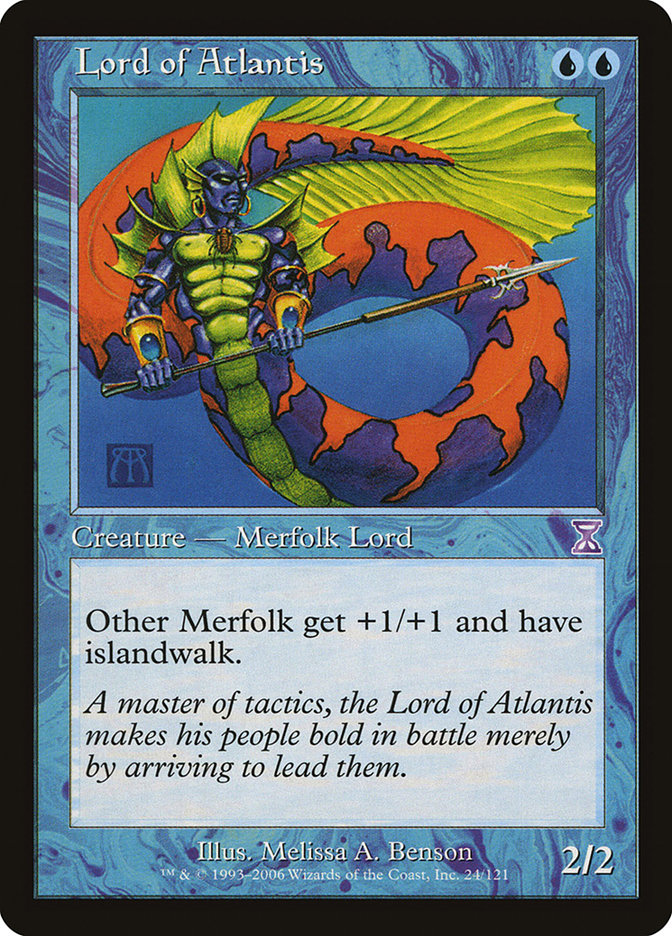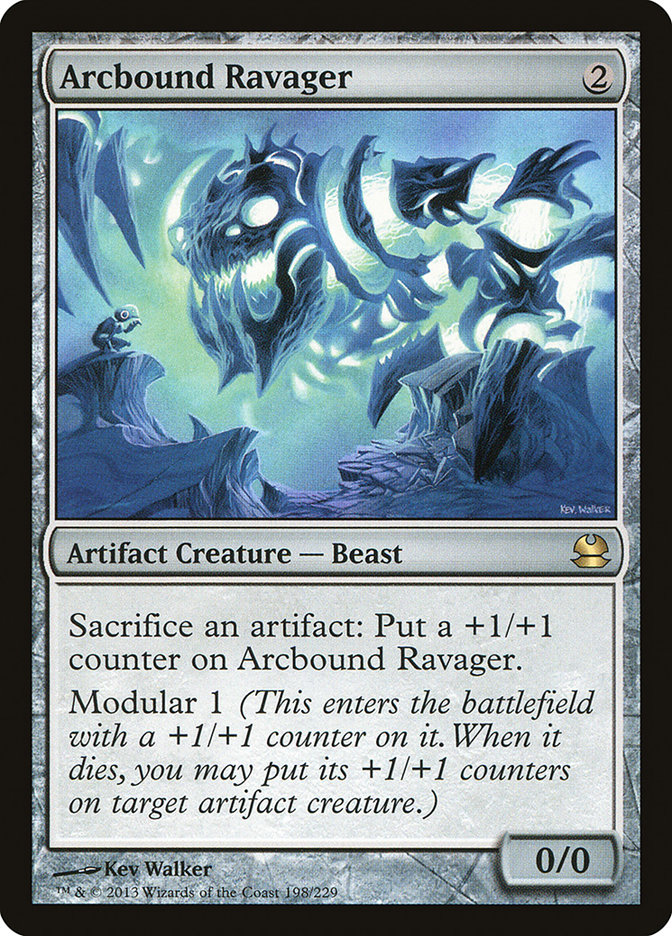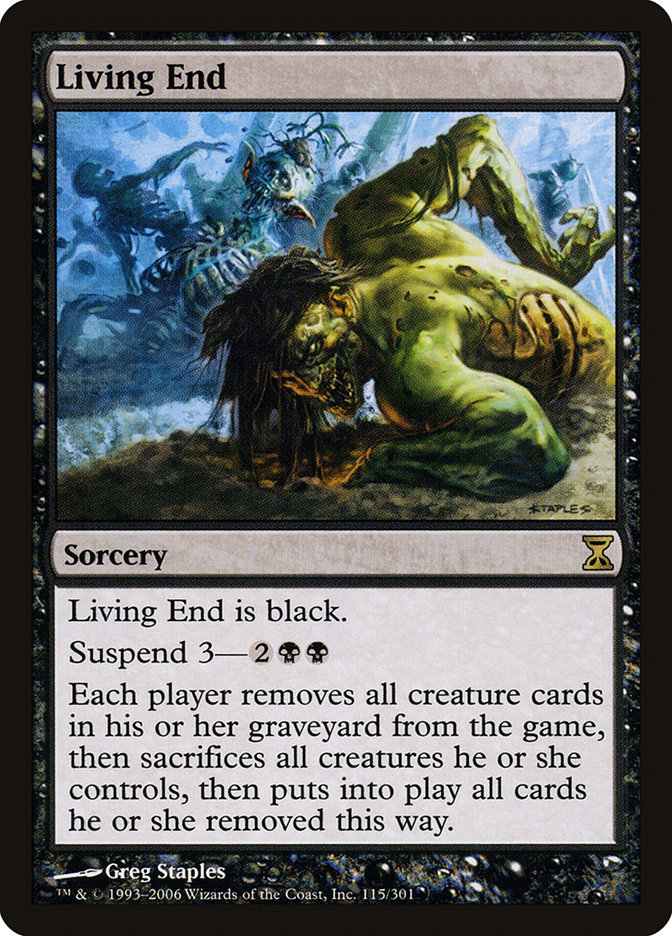[Editor’s Note: Hello everyone and welcome to another edition of Fact or Fiction! In this column, two Premium writers will answer five questions provided by yours truly on Magic-related topics. At the end, you have the opportunity to vote on who won the head to head battle. This week, we have Brad Nelson and Tom Ross!]
1. Shaun McLaren, Gerry Thompson, and a number of other high profile writers proclaimed the power of Nahiri, the Harbinger last week in Modern. After winning #SCGINDY in the hands of Peter Ingram, Nahiri is here to stay.
Brad Nelson – Fact: Jeskai Control has always been close to being a great deck in Modern, but it suffered from not having a fast-enough way to finish a game. This didn’t stop the deck from being a threat, since many decks in Modern lose to the inevitability of a deck based around removal and card advantage. It just suffered against those who didn’t succumb to ample amounts of creature removal due to Jeskai Control’s inability to win the game in any timely manner.
Nahiri, the Harbinger gives the deck the ability to present a serious threat of winning the game as early as turn 6 with Emrakul, the Aeons Torn while also complementing the removal suite with her -2 ability to exile creatures or problematic permanents. The combination is exactly why Jeskai Control is here to stay and might potentially become one of the best decks in the format.
Tom Ross – Resounding Fact: After the release of Shadows over Innistrad, Gerry Thompson showed me his notebook with Nahiri, the Harbinger and Emrakul, the Aeons Torn. In similar fashion, he had previously flashed me Eye of Ugin and Wasteland Strangler in his notebook shortly after the release of Battle for Zendikar. He has a knack for knowing what’s broken in Modern early on.
Jeskai Control is hands-down the best deck in Modern right now. It has built-in answers to everything and is very hard to attack. It contains a one-card combo that’s incredibly difficult to attack. It’s on a power-level that’s format-warping. Six loyalty is outrageous.
Nahiri, the Harbinger is being slotted into decks like Kiki-Chord, R/G Valakut, and R/W Prison just because it’s that good. There are murmurs that Nahiri, the Harbinger is better than Jace, the Mind Sculptor in Legacy Miracles. It feels like the card does everything.
I predict that Nahiri, the Harbinger will be the next card banned from Modern. It’ll be about six months from now, but it will happen. It’s customary to ban the enablers of combo decks: Summer Bloom but not Primeval Titan, for example. In this case, it’s Nahiri, he Harbinger and not Emrakul, the Aeons Torn.
2. Ancestral Vision and Sword of the Meek were mostly no-shows at #SCGINDY’s top tables. You expect at least one of them to make a comeback at #GPCharlotte.
Brad Nelson – Fiction: I don’t like it when I’m on the opposite side of the fence as Gerry Thompson, but I just don’t think either of these cards is good enough in Modern, at least not in this specific environment. Modern is currently extremely fast. Even if the games aren’t finishing in the first few turns, most decks are designed to build up an overwhelming battlefield position or prepare to “combo off.” Even if an Ancestral Vision is suspended on turn 1, it takes until turn 5 to get back the investment. That means four turns where you are down a card, trying to survive long enough to get a chance to stabilize with the extra cards. I really liked the two copies of Ancestral Vision that were in Peter Ingram’s sideboard, since you will always know they will be good when they are in your deck.
Thopter Foundry and Sword of the Meek fall in the same category. The combo’s a great way to close out a game that is already under control, but it’s just too slow of a win condition to try to build toward in every matchup. It might be unique, but that doesn’t always make it better than something else people are doing. Right now the best way a control deck can win is by using Nahiri, the Harbinger and Emrakul, the Aeons Torn.
Tom Ross – Fact: “Comeback” is strong, as both are already seeing decent amounts of play, especially Ancestral Vision. More and more people are realizing the role of Ancestral Vision, which will often be as a sideboard card. Heck, I’ve almost registered it in the sideboard of U/G Infect.
Ancestral Vision one of the swingiest cards in the game, either doing absolutely nothing or being an Ancestral Recall. Modern is faster than Time Spiral Block Constructed and the Standard format it was once legal in. Against the fast decks, Ancestral Vision simply can’t be relied upon to come off suspend. Against slower decks, it can be a mirror breaker.
I expect to see Ancestral Vision in a variety of blue maindecks and sideboards at #GPCharlotte and for many copies to be in the Top 8.
Sword of the Meek sees play alongside Thopter Foundry in various decks ranging from Esper Control with Gifts Ungiven, U/W Tron, and U/B Tezzeret decks to even Lantern Control. Those archetypes already ranged from Tier 2 to fringe and the Thopter Foundry plus Sword of the Meek combo gives them a soft nudge to be better, but nothing too significant. The combo is a tough one to find the right home for. With #GPCharlotte being the biggest Modern tournament since Sword of the Meek’s unbanning, this will be the time for someone to have found the right shell for the card.
We may or may not see Sword of the Meek in the Top 8 of #GPCharlotte. If we do, I expect the build to be really good and a deck to beat moving forward.
3. Midrange green decks like Jund and Abzan are the safest choices for #GPCharlotte.
Brad Nelson – Fiction: I’m Jund Guy and I’m even scared of playing the deck this weekend. Nahiri, the Harbinger-based Jeskai Control is what everyone is talking about right now, which scares me as a Jund player. Now, I haven’t tested much yet for #GPCharlotte, but Jeskai Control has always been one of the toughest matchups to win for Jund. Maybe things have changed slightly, but I can’t believe that you ever want to play against this deck. Jund’s best when aggro and combo are at their highest, and right now that doesn’t seem to be the case.
On paper, Abzan does seem like a safer choice than Jund, but I’ve never thought that Abzan is that good of a deck. It’s just better than Jund when you expect a lot of midrange and control. Now, I have been known to play Abzan from time to time, but that has always been when the metagame is very well-defined for me. Abzan is a great deck when you can attack a specific metagame, but a Grand Prix is not that. You have to be prepared for almost anything, which makes Lightning Bolt the removal spell of choice for me.
Tom Ross – Fiction: Once upon a Modern time, those decks were indeed the “safest” decks to play. Jund and Abzan are known for having mostly 50/50 matchups across the board. Thoughtseize into Tarmogoyf is largely a great plan against most any deck.
However, the popularity of G/R Tron means that those midrange green decks have a bad matchup more often than usual. Abzan Company and Kiki-Chord are affected by the looming Tron decks too.
The safest deck to play is Jeskai Control. People don’t know how to beat it yet and it safely has the tools to beat any matchup. The fact that Jeskai is a little more complicated to play than midrange green is balanced out by the fact that an unchecked Nahiri, the Harbinger will just win the game on its own without much thought or effort needed.
4. Todd Stevens brought the Eldrazi back and narrowly missed the #SCGINDY Top 8. There’s still a dangerous Eldrazi deck that no one has found yet.
Brad Nelson – Fact: I was shocked that Wizards of the Coast didn’t ban Eldrazi Temple alongside Eye of Ugin, because I am still petrified of the potential of an Eldrazi deck taking over the format. The days of turn 2 Thought-Knot Seer might be behind us, but that doesn’t mean the deck isn’t still a threat. Todd Stevens might not have figured it out this past weekend, but if that’s true, his “failed” experiment got him all the way to 11th place. What’s going to happen once we do figure out how to build an Eldrazi deck?
Tom Ross – Fact: I don’t believe there are any broken Eldrazi decks left to find, but there are some good ones, even dangerous ones. Thought-Knot Seer, Reality Smasher, and Eldrazi Displacer are very good cards. Eldrazi Temple and specifically double-Eldrazi Temple draws lead to overwhelming openings that seem more like you’re playing Legacy.
Eldrazi Temple and some Eldrazi creatures can easily slot into many existing archetypes. One that’s yet to be explored is Affinity. Vile Aggregate was good enough to win a Pro Tour and is probably still good enough, just like Drowner of Hope still is from Todd Stevens’s deck.
I believe there are some dangerous Eldrazi decks to be found, even ones capable of winning large tournaments. I don’t believe that the discovered deck will dominate the format, be the best deck the following week, or ever be a large percentage of the field.
If there’s ever another two-mana land printed, we could be in big trouble.
5. Modern is now a “play what you know” format.
Brad Nelson – Fact: Modern has always been a “play what you know” format. Many of the game’s best learned that early and turned that knowledge into accomplishments. I, on the other hand, spent many of my Saturdays free whenever Modern found its way to the Pro Tour. It took me a long time to figure that out myself, but once I did, my results started to improve greatly.
I will almost always suggest that someone plays a deck they have experience with over anything else when it comes to this format. The only exceptions are when the deck they are proficient with is poorly positioned, if they truly believe something brand new is good, or if they play Soul Sisters.
Tom Ross – Fact: Slowly but surely this is becoming truth.
Much like Legacy, the bigger the format is and the slower the format is to change, the more rewarded you are with sticking to one archetype and mastering it. Modern isn’t quite to the point where you have to play the same 75 every week. Legacy is a different monster because the card prices and availability make switching decks an issue. Modern has more wiggle room.
Modern is just too wide-open to try to solve week after week. It feels like most decks have outrageously good matchups and bad matchups at the same time. Deck choices are often polarized among hyper-aggression and full-blown control, leaving little room to combat both, even with high-impact sideboard cards.
People still do change decks. They just don’t go too far off their beaten path. Matthias Hunt played R/G Valakut in #SCGINDY, a deck very similar to Amulet Bloom. Jeff Hoogland put down his toolbox pet deck in Kiki-Chord to play another toolbox deck in Bring to Light. Todd Stevens did well with Bant Eldrazi, a deck of similar style to the Naya Collected Company deck he made back-to-back Modern Open Top 8s with. These guys know their wheelhouses.
Modern is a “play what you know” format in the sense that people’s best bet is to play the style they’re most comfortable with.



